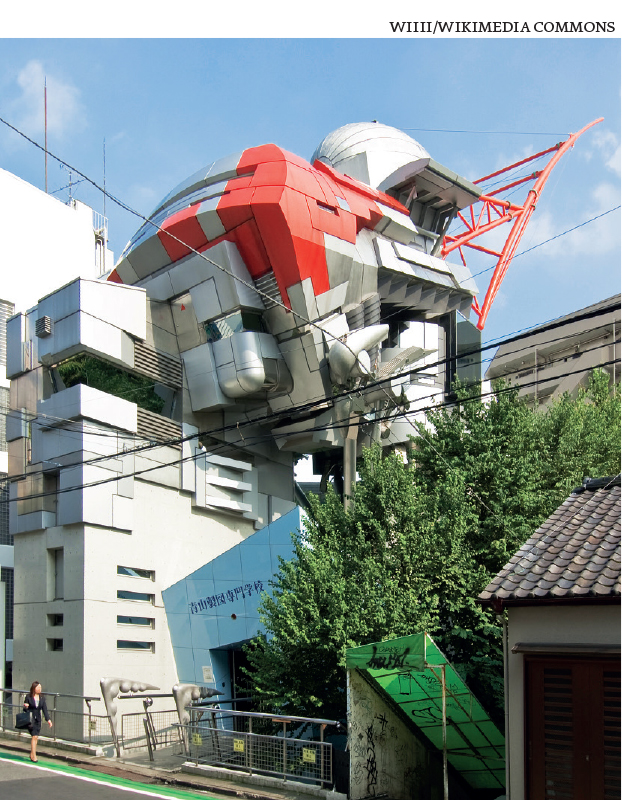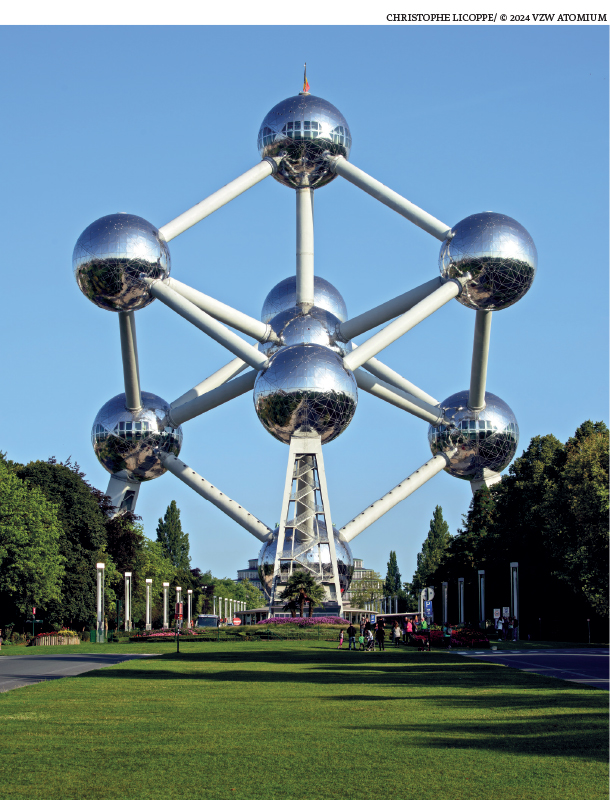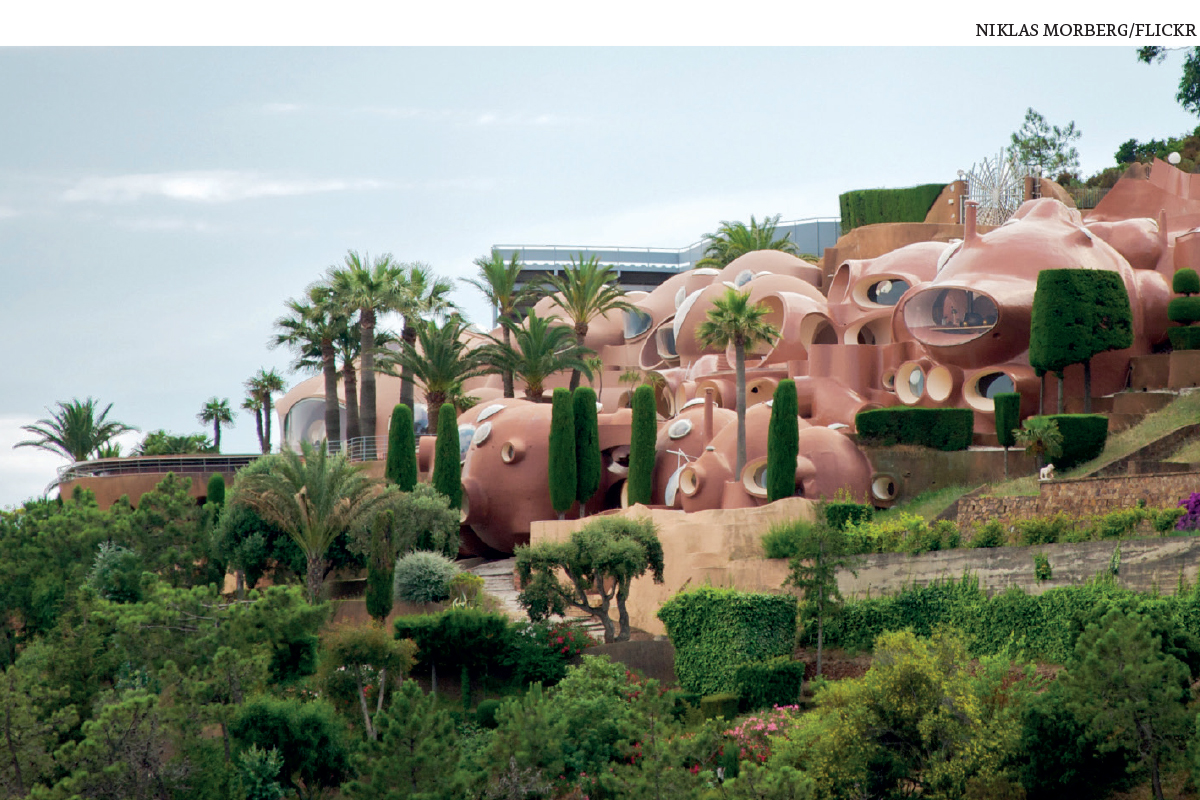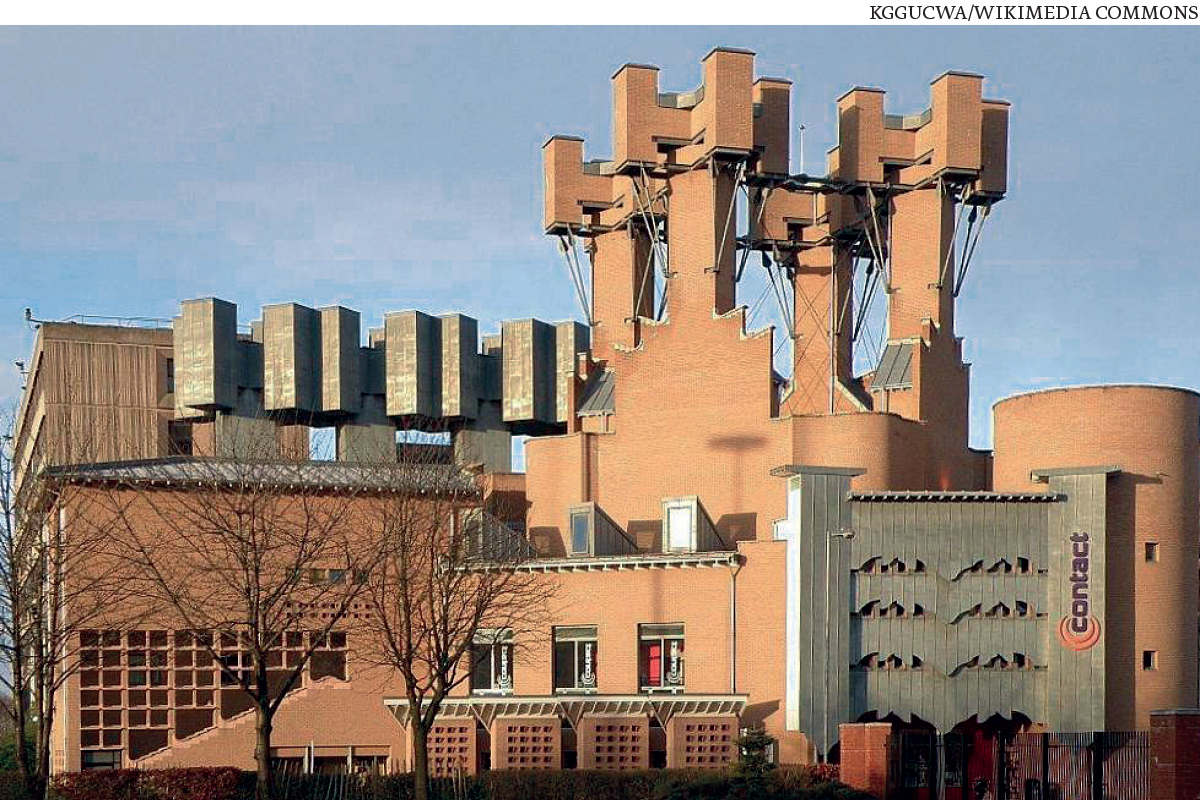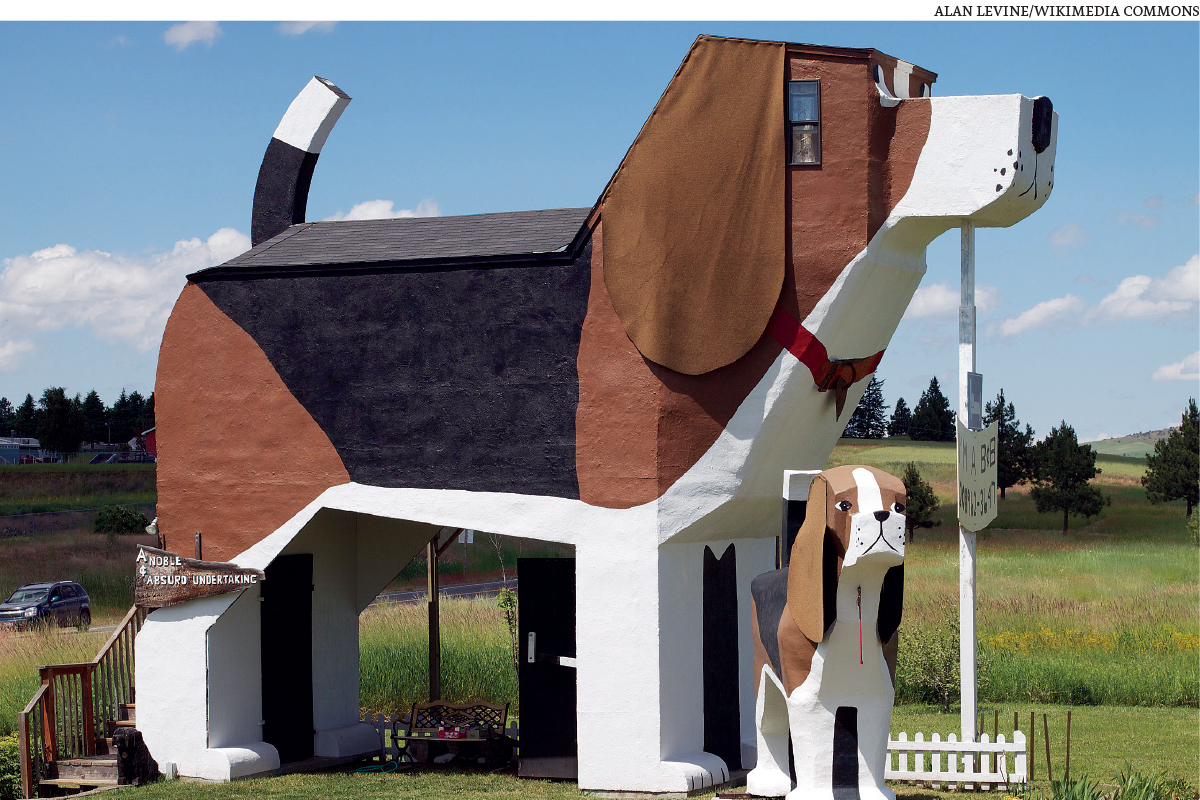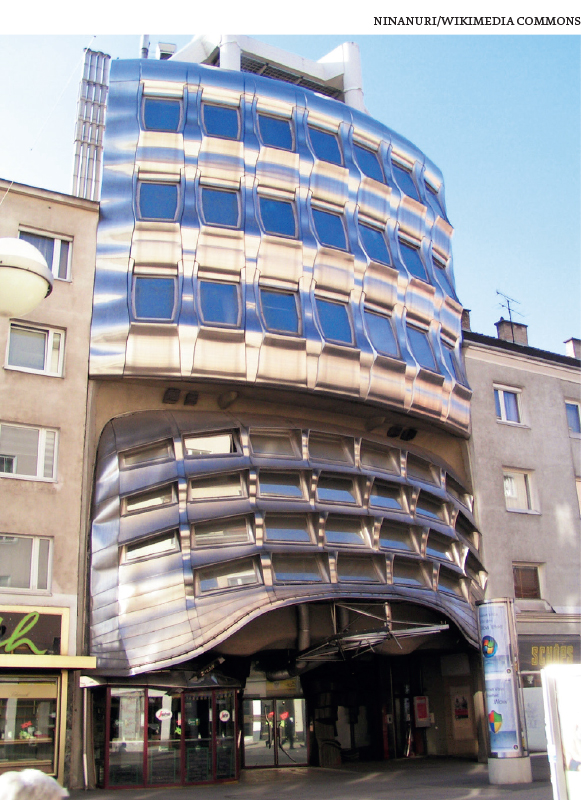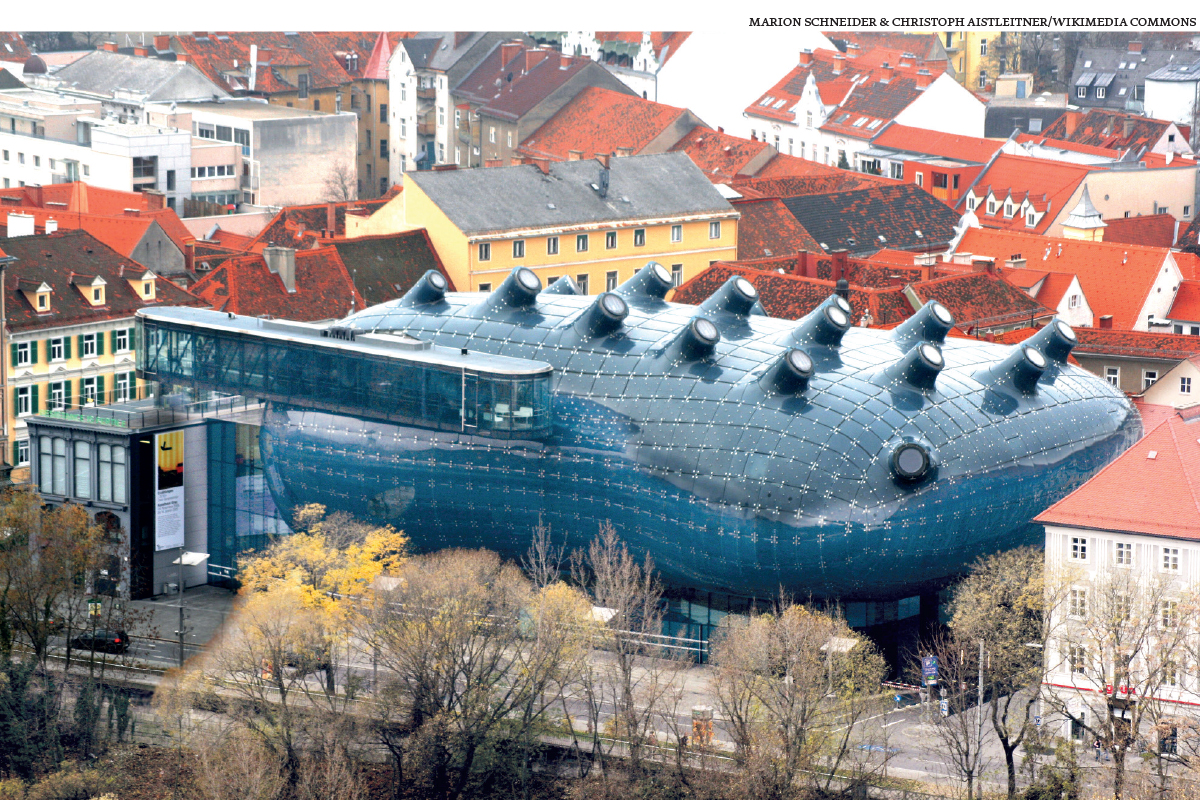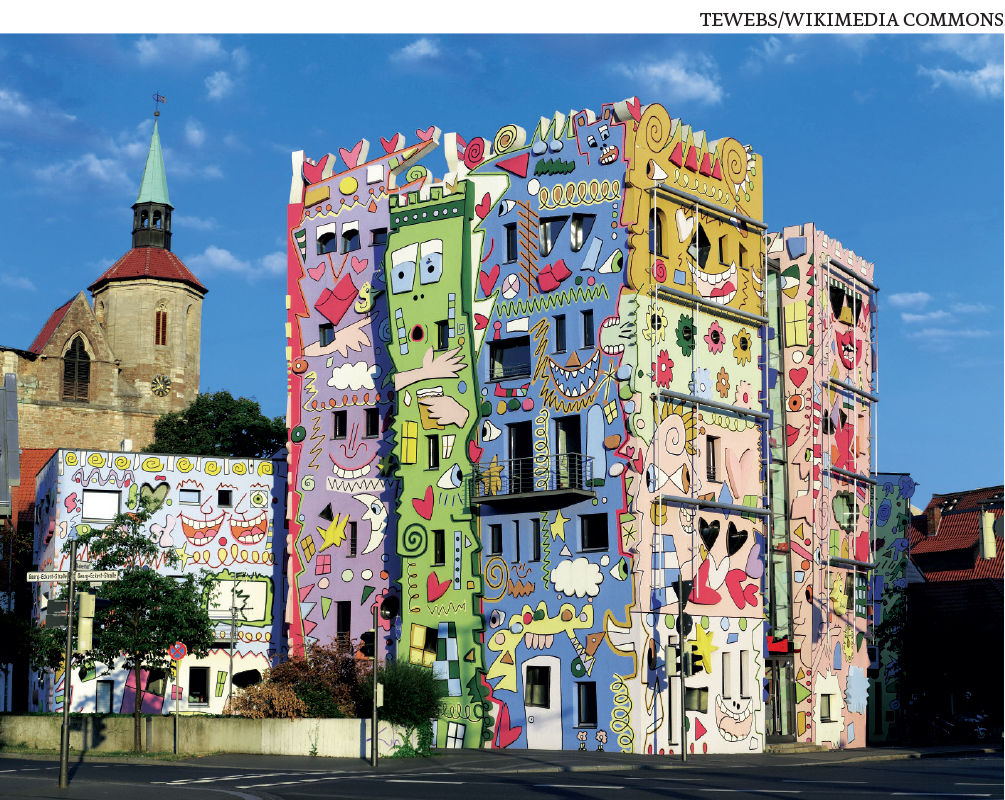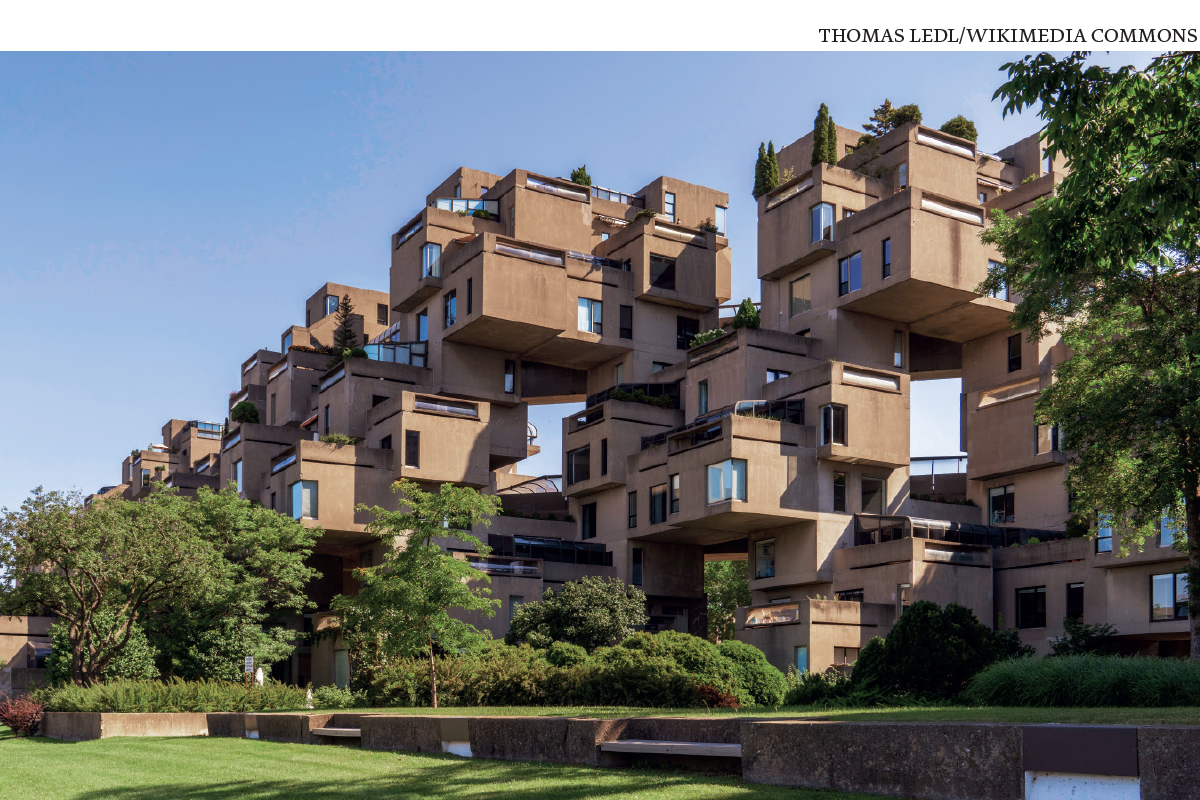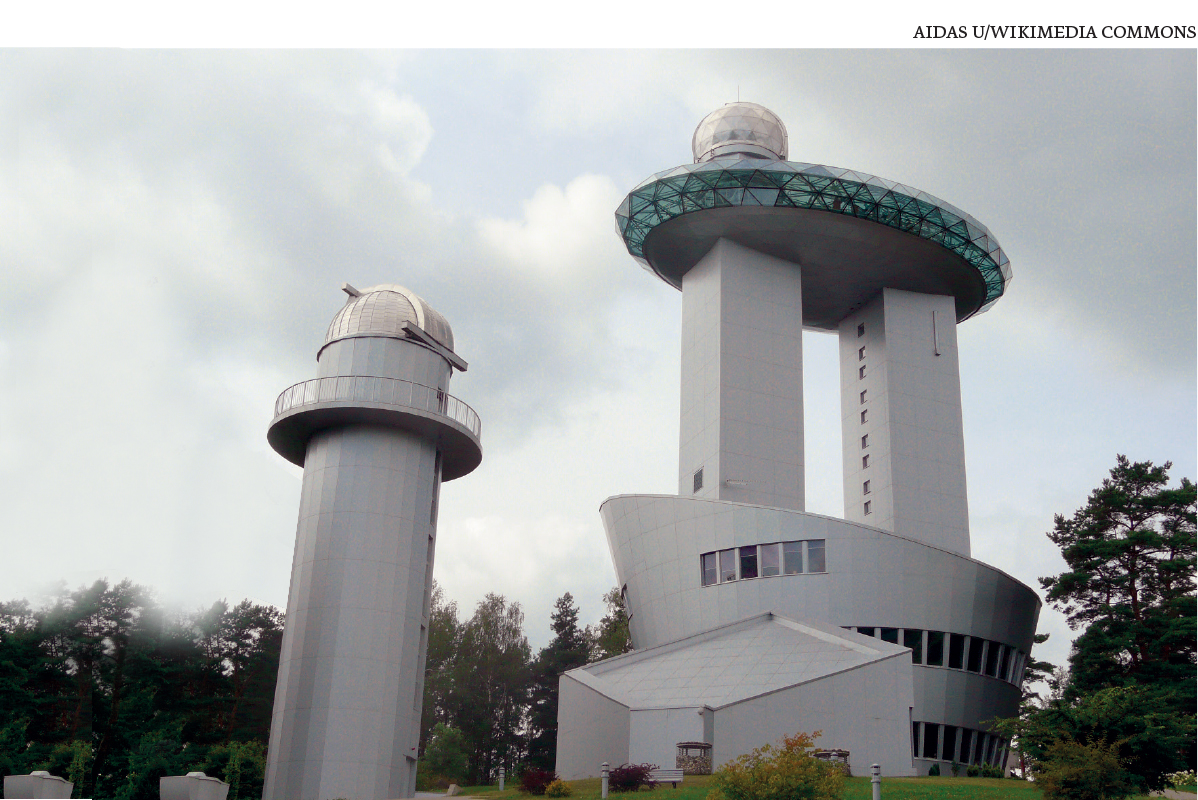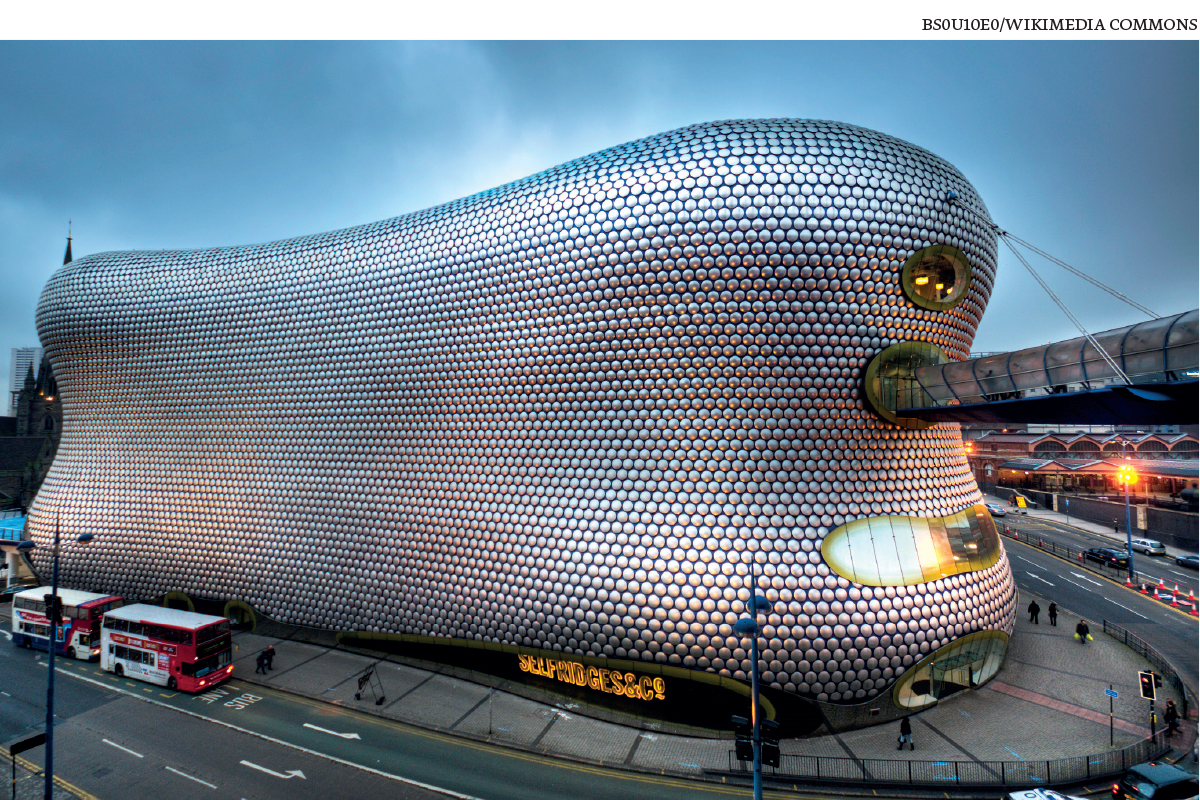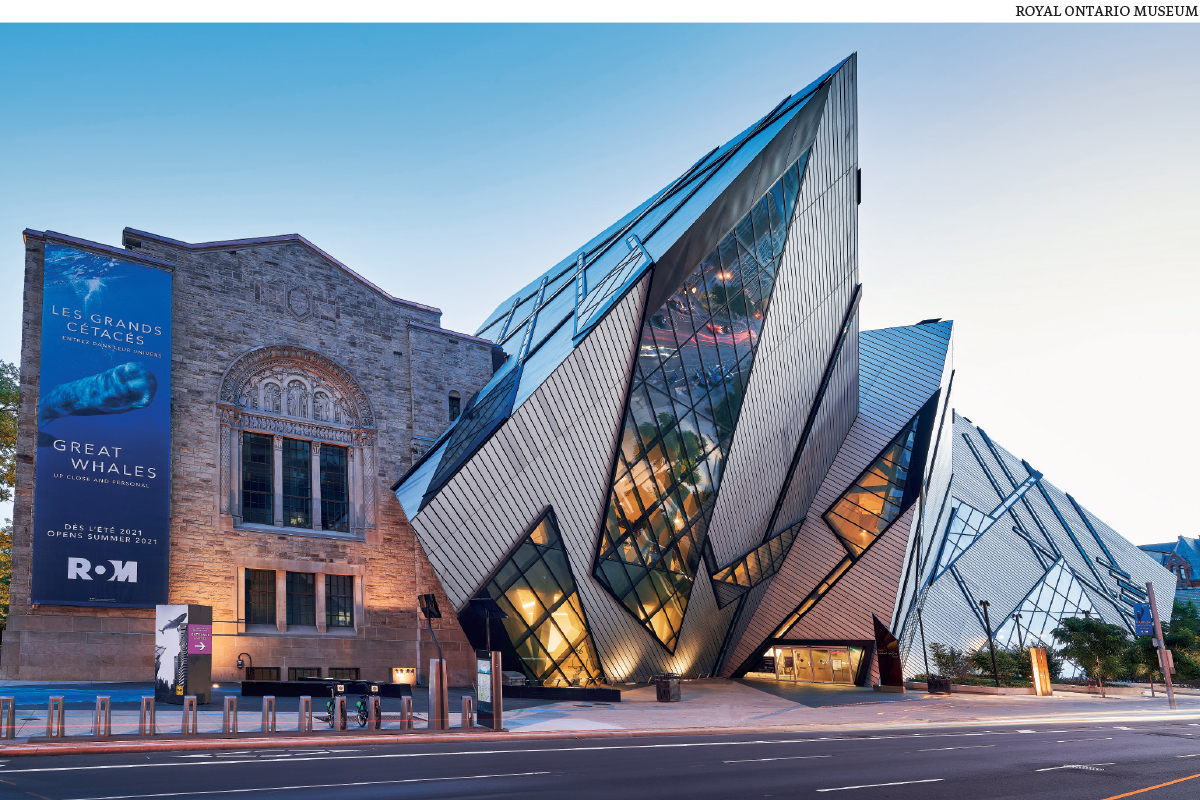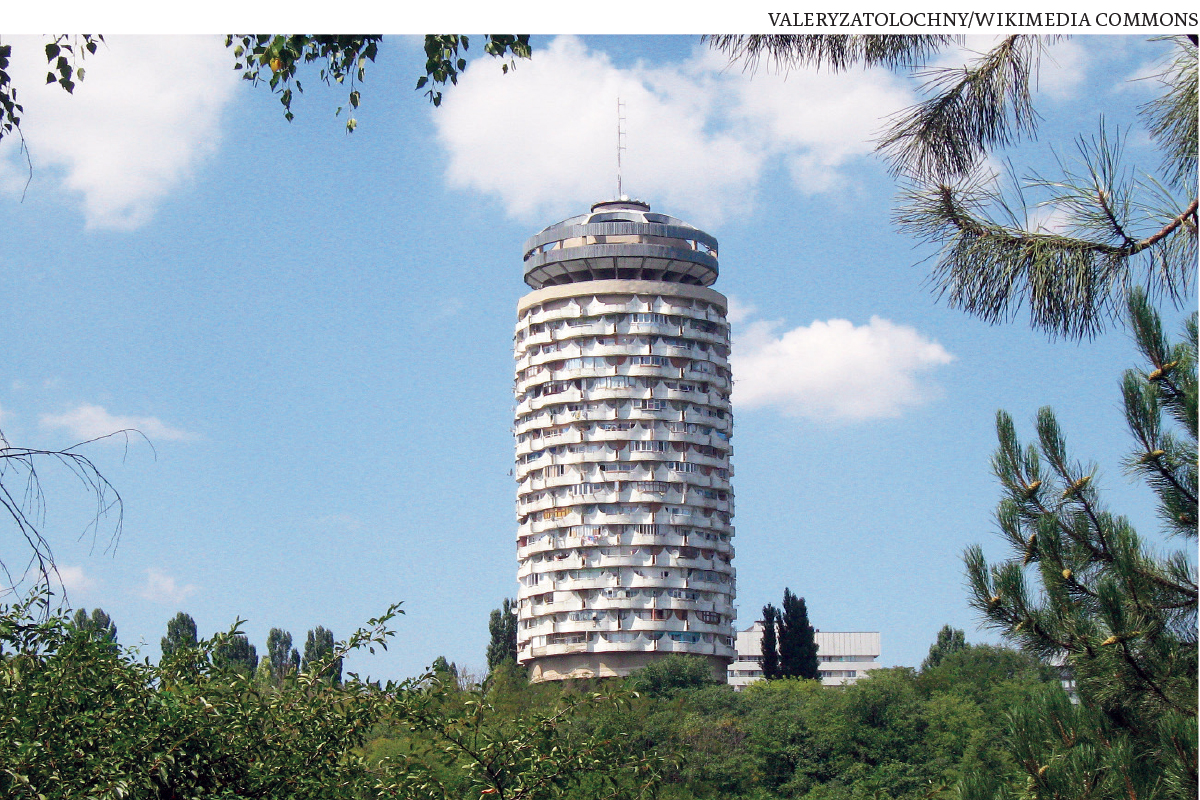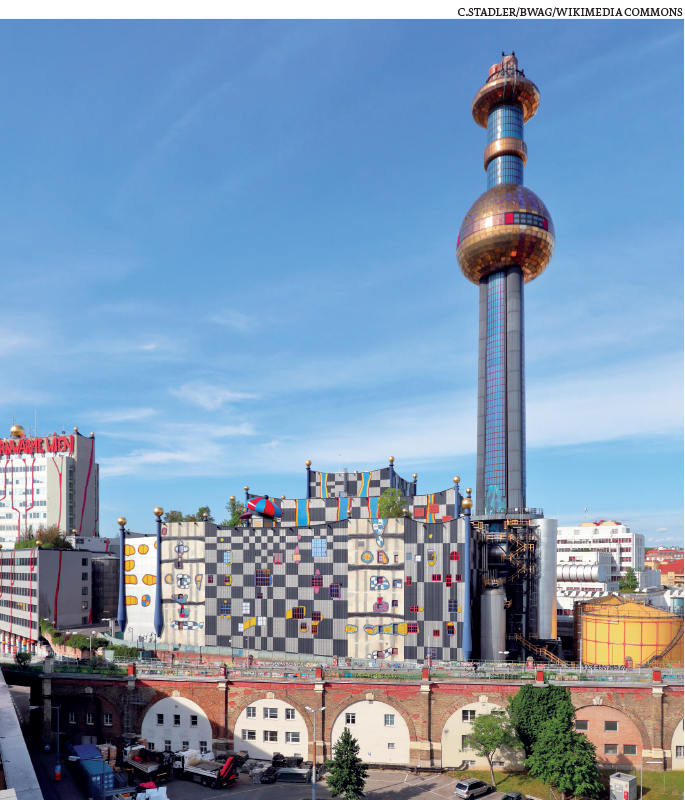Picture Gallery: Uniquely designed buildings from around the world

This article first appeared in City & Country, The Edge Malaysia Weekly on December 30, 2024 - January 12, 2025
Human imagination and creativity know no bounds; just take a look at the numerous uniquely designed buildings from around the world. Some will grow on you, while others will always disturb the senses. Yet, these buildings provide much joy and function for those who use them or walk by them daily. Enjoy this short list of architectural wonders that ensure you will always take a second look.
Aoyama Technical College
Tokyo, Japan
For those who love the Transformers movies, this building in Tokyo will make you jump with glee. Situated along a narrow street and designed by architect Makoto Sei Watanabe, it showcases how buildings have the power to make an impact on observers, much like the Pyramids and great cathedrals. Completed in 1990, the building still draws the eye and elicits smiles.
Atomium,
Brussels, Belgium
If you want to feel like Ant-Man at the subatomic level, then a visit to Brussels’ Atomium is a must. Designed and built for the 1958 Brussels World’s Fair, the project was given a major restoration and reopened in 2006. Standing at 102m tall, it has nine spheres that correspond to the nine atom cells of an iron crystal molecule magnified 165 billion times, with each sphere 18m in diameter. Ticketed visitors are allowed to visit five spheres, including the highest sphere called Panorama, from where you get bird’s eye views of the city.
Bubble Palace
Théoule-sur-Mer, France
Bubble Palace, or Palais Bulles, is a house in Théoule-sur-Mer, near Cannes, France, that was designed by the Hungarian architect Antti Lovag. Built between 1975 and 1989 for French industrialist Pierre Bernard, it was later bought by fashion designer Pierre Cardin as a holiday home. The architect hated straight lines and designed the house to elicit spontaneous joy and surprise, which it certainly does for the onlooker.
Contact Theatre
Manchester, UK
Contact Theatre stands proudly with its castle-like design on Manchester’s Oxford Road. The building was erected in 1999 with a £5 million investment from Arts Council England to redesign an old 1960s BDP University Theatre Building. The architect, Alan Short and Associates, ensured it reduced carbon emissions by incorporating unique ventilation chimneys that made the building fully naturally ventilated. It is a fun-looking place for performers and theatregoers.
Dog Bark Park Inn
Cottonwood, Idaho, USA
Developed in 2003 by Dennis J Sullivan and Frances Conklin, Dog Bark Park Inn was, until 2024, a guesthouse for those who wished to stay inside the World’s Biggest Beagle, fondly called Sweet Willy. There are two bedrooms with dog-themed contents. The park is closed, however, as Sullivan and Conklin recently retired, although visitors can still take photos of this quaint-looking building.
Domenig-Haus
Vienna, Austria
Designed by Austrian architect Günther Domenig, the Domenig-Haus looks like a building whose skirt was blown up from under it and then remained frozen in time. Built between 1975 and 1979, the quirky, yet functional, building was home to a branch of Viennese bank Zentralsparkasse, now Bank Austria. Its shiny exterior and curved lines give it a modernist touch, with no apologies for its stark contrast to its surroundings.
Graz Art Museum
Graz, Austria
The outlandish design and distinct blue of the Graz Art Museum brings to mind a giant blue alien slug devouring all in its way. Built as part of the European Capital of Culture celebrations in 2003 and designed by Colin Fournier and Peter Cook, it has since become an architectural landmark. According to the museum website, the design “tests the boundaries of the imagination, a demand for the realisation of alternative ideas and utopias”, which it certainly achieved.
Happy Rizzi Haus
Brunswick, Germany
Devised by New York pop artist James Rizzi and architect Konrad Kloster, the Happy Rizzi House is awash with wild shapes, faces and colours in pinks, yellows and greens that feel like Sponge Bob, the Powerpuff Girls and a whole lot of attitude were mixed together to birth it. Built in 2001, the psychedelic-coloured 5-storey building stands out in contrast to the classical ones around it.
Habitat 67
Montreal, Quebec, Canada
Located on the Marc-Drouin Quay on the Saint Lawrence River, Habitat 67 was designed by Israeli-Canadian architect Moshe Safdie as the Canadian Pavilion for the World Exposition of 1967. It was originally intended as an experimental solution for high-quality housing in dense urban environments. Safdie experimented with prefabricated modular units to allow for a new housing typology that integrates the qualities of a suburban home into an urban high-rise. There are 148 residences made by stacking 354 grey-beige modules on top of each other.
Harbin Grand Theatre
Harbin, China
Resembling an alien octopus, the sprawling and futuristic Harbin Grand Theatre is built on the Harbin Cultural Island and was completed in 2015. Occupying 850,000 sq ft, the theatre can hold more than 1,600 and the auditorium can seat 400. From the terrace, visitors can take in the views of the Harbin metropolitan skyline. It was designed by Chinese architectural agency MAD Architects, led by Ma Yansong, who wanted the structure to integrate with nature as an extension of the surrounding wetlands, waterways and snowy terrain.
Lithuanian Museum of Ethnocosmology
Kulionys, Moltai District Municipality, Lithuania
The Lithuanian Museum of Ethnocosmology, which looks like a spaceship, was established in 1990 and is adjacent to the Moltai Astronomical Observatory. The design is based on the Yggdrasil, a tree in Norse mythology that contains the nine realms that make up the cosmos. As such, the underground gallery holds many exhibits covering both Baltic and global cosmological and ethnological beliefs. On the top floor, or the upper branches of the tree, is the observatory floor. If you are lucky, you might catch sight of a shooting star in August and September.
Selfridges Building
Birmingham, UK
Completed in 2003 and designed by architecture firm Future Systems, the building looks like a mutated Dalek from Dr Who with an extendable nose. It is part of the Bullring Shopping Centre and houses Selfridges Department Store. The exterior has been mounted with 15,000 anodised aluminium discs, giving it an undulating skin and unique texture, making it look delightfully other-worldly.
Royal Ontario Museum
ontario, Canada
Looking like a shard of crystal poking out from the insides of the building, the Royal Ontario Museum’s Michael Lee-Chin Crystal extension could very much be a summer holiday home for Superman if he wanted a change from his Fortress of Solitude. Opened on June 3, 2007, the extension was designed by Daniel Libeskind and named for Canadian billionaire Michael Lee-Chin. The museum was opened in 1914 and, through the years, has evolved to provide greater access to all age groups.
Romanita Collective Housing Tower
Chisinau, Romania
Designed and built between 1978 and 1986, the Romanita Collective Housing tower resembles a tubular pineapple. It has a co-living design with communal kitchens, laundry and drying rooms as well as recreation spaces. Standing 77m tall, the 22-storey building consists of two basements and a ground floor. Located at 29/2 Arheolog Ion Casian-Suruceanu Street, it was designed by architect O Vronski and engineer A Marian in collaboration with O Blogu, S Crani, N Rebenko and P Feldman.
Spittelau
Vienna, Austria
Reminiscent of a whimsical castle that a Disney cartoon character would live in, the Spittelau is one of Vienna’s municipal waste incinerators and producing energy for about 50,000 Viennese households as well as heating and warm water for 60,000. The facility was built in the 1960s but needed extensive repairs after a fire gutted it in 1987. The authorities persuaded artist Friedensreich Hundertwasser to redesign the chimney and façade, which were completed by the early 1990s.
Save by subscribing to us for your print and/or digital copy.
P/S: The Edge is also available on Apple's App Store and Android's Google Play.
The content is a snapshot from Publisher. Refer to the original content for accurate info. Contact us for any changes.
Comments
